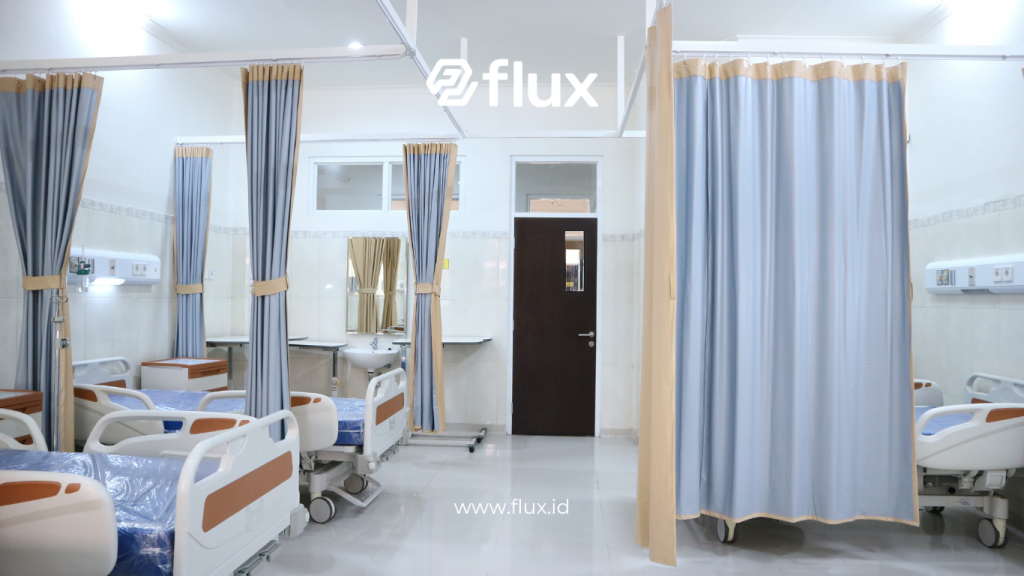Don't miss our holiday offer - 20% OFF!
Hospitals have strict cleanliness standards, as hygiene plays a crucial role in preventing infections and ensuring patient health. Environmental sensor technology has emerged as an innovative solution for Improving hospital cleanliness standards. By utilizing environmental sensors, hospitals can monitor and control various factors that impact cleanliness, such as air quality, humidity, and pollution levels.
This article will explain how environmental sensors work in maintaining hospital cleanliness and the benefits hospitals can gain from their implementation.
Contents
- 1 Table of Contents
- 2 1. Why Is Hospital Cleanliness So Important?
- 3 2. What Are Environmental Sensors?
- 4 3. Types of Environmental Sensors Used in Hospitals
- 5 4. How Environmental Sensors Work in Hospitals
- 6 5. Benefits of Using Environmental Sensors in Hospitals
- 7 6. Case Study: Implementing Environmental Sensors in Modern Hospitals
- 8 7. Challenges of Using Environmental Sensors
- 9 8. Conclusion
Table of Contents
- Why Is Hospital Cleanliness So Important?
- What Are Environmental Sensors?
- Types of Environmental Sensors Used in Hospitals
- How Environmental Sensors Work in Hospitals
a. Air Quality Sensors
b. Humidity Sensors
c. Temperature Sensors - Benefits of Using Environmental Sensors in Hospitals
a. Air Quality Control
b. Preventing Nosocomial Infections
c. Energy Efficiency - Case Study: Implementing Environmental Sensors in Modern Hospitals
- Challenges of Using Environmental Sensors
- Conclusion
1. Why Is Hospital Cleanliness So Important?

Cleanliness in hospitals is crucial to maintaining the health of patients and medical staff. Poor hygiene standards can lead to an increased risk of nosocomial infections—those acquired by patients during hospital stays. By ensuring optimal cleanliness, hospitals can minimize the spread of contagious diseases and maintain a safe environment for everyone.
Moreover, cleanliness plays a vital role in creating a professional atmosphere and building trust with patients who seek medical care.
2. What Are Environmental Sensors?
Environmental sensors are devices used to monitor various environmental parameters, such as temperature, humidity, air quality, and pollution levels. These sensors are designed to provide real-time data that helps hospitals maintain optimal environmental conditions. These sensors not only function as monitoring tools but can also be integrated into hospital management systems to take automatic actions based on the data received.
3. Types of Environmental Sensors Used in Hospitals

Several types of environmental sensors commonly used in hospitals include:
- Air Quality Sensors: Measure air pollutants, including dust particles, hazardous gases, and microorganisms.
- Humidity Sensors: Monitor humidity levels to prevent the growth of mold and bacteria.
- Temperature Sensors: Ensure the air temperature remains within safe limits, which is critical for operating rooms and medication storage areas.
4. How Environmental Sensors Work in Hospitals

Read More: Energy Efficiency in Hospitals: Implementing IoT for Sustainability
a. Air Quality Sensors
Air quality sensors detect harmful particles and pollutants present in the air. If the sensors detect pollution or an increase in particles that may be hazardous, the system can automatically send alerts or activate ventilation systems to purify the air.
b. Humidity Sensors
Humidity sensors are used to control the humidity levels within the hospital. Excessive humidity in rooms can foster the growth of microorganisms such as mold and bacteria. With these sensors, hospitals can minimize such risks.
c. Temperature Sensors
Temperature sensors work to maintain stable temperatures in hospital environments. For example, operating rooms require lower temperatures than other areas to minimize the risk of infection during surgeries.
5. Benefits of Using Environmental Sensors in Hospitals
a. Air Quality Control
With air quality sensors, hospitals can effectively control and minimize pollutants in the air. This is especially crucial for protecting patients with weakened immune systems or respiratory issues.
b. Preventing Nosocomial Infections
Environmental sensors help prevent nosocomial infections by ensuring that air quality and environmental conditions always remain within safe limits. This can help reduce infection rates and improve the quality of healthcare services.
c. Energy Efficiency
Environmental sensors can also help hospitals use energy more efficiently. For instance, temperature and humidity sensors can control heating, ventilation, and air conditioning systems so that they only run when necessary, ultimately reducing energy consumption.
6. Case Study: Implementing Environmental Sensors in Modern Hospitals
Many modern hospitals in developed countries have begun utilizing environmental sensor technology to maintain cleanliness and patient safety. For instance, a hospital in Germany uses air quality sensors in its operating rooms to ensure the environment remains sterile during surgeries.
The real-time data collected by these sensors also helps maintenance teams take immediate action when significant changes in environmental quality occur.
7. Challenges of Using Environmental Sensors

Read More: Hospital: Optimal Energy Management through IoT
Although environmental sensors offer numerous benefits, there are some challenges to their use, such as:
- Implementation Costs: Installing and integrating sensors into hospital management systems requires a significant upfront investment.
- Maintenance Needs: Sensors need regular maintenance to remain functional, which can add to operational costs.
- Data Accuracy: Sensors must be properly calibrated to ensure that the data generated is accurate and reliable.
8. Conclusion
Environmental sensor technology has great potential to enhance hospital cleanliness standards. With the ability to monitor and control critical factors like air quality, humidity, and temperature, these sensors help hospitals maintain a safe and clean environment for patients and staff alike.
The long-term benefits of implementing this technology far outweigh the challenges, especially in terms of infection prevention and energy savings. Thus, environmental sensors are essential tools for improving healthcare quality in the modern era.





